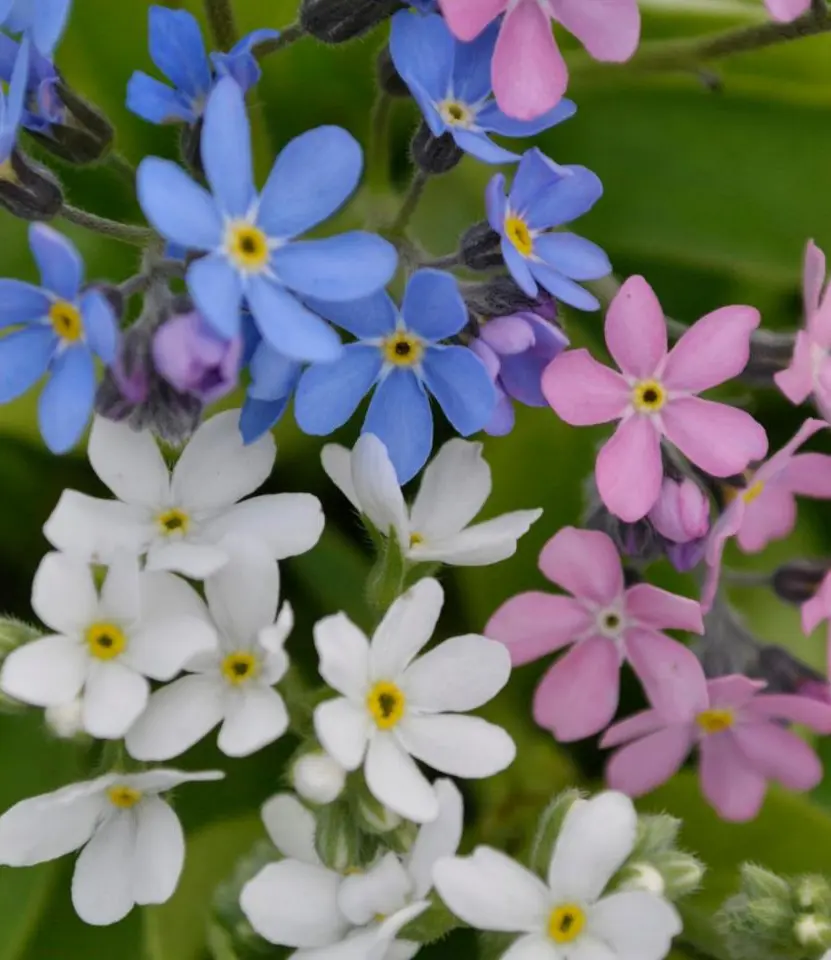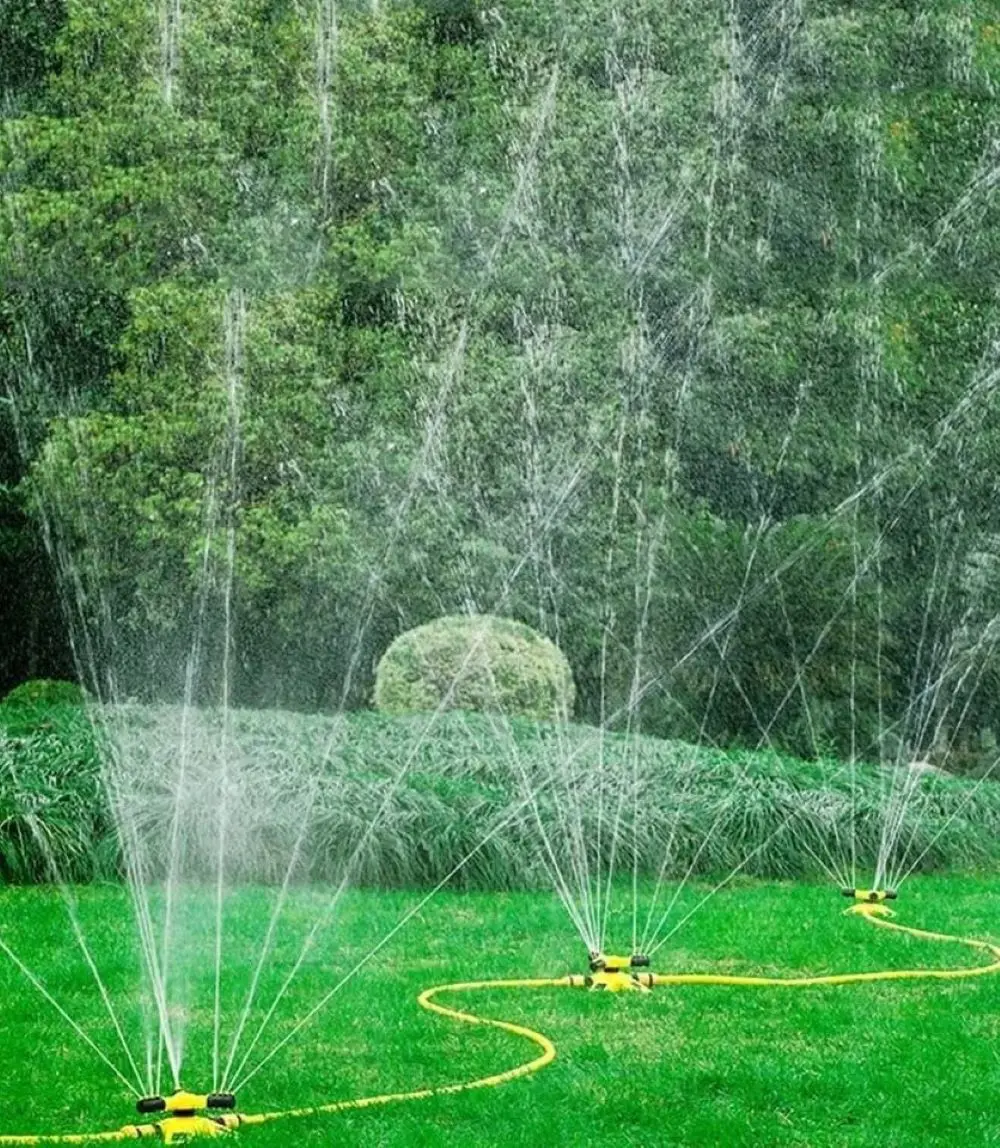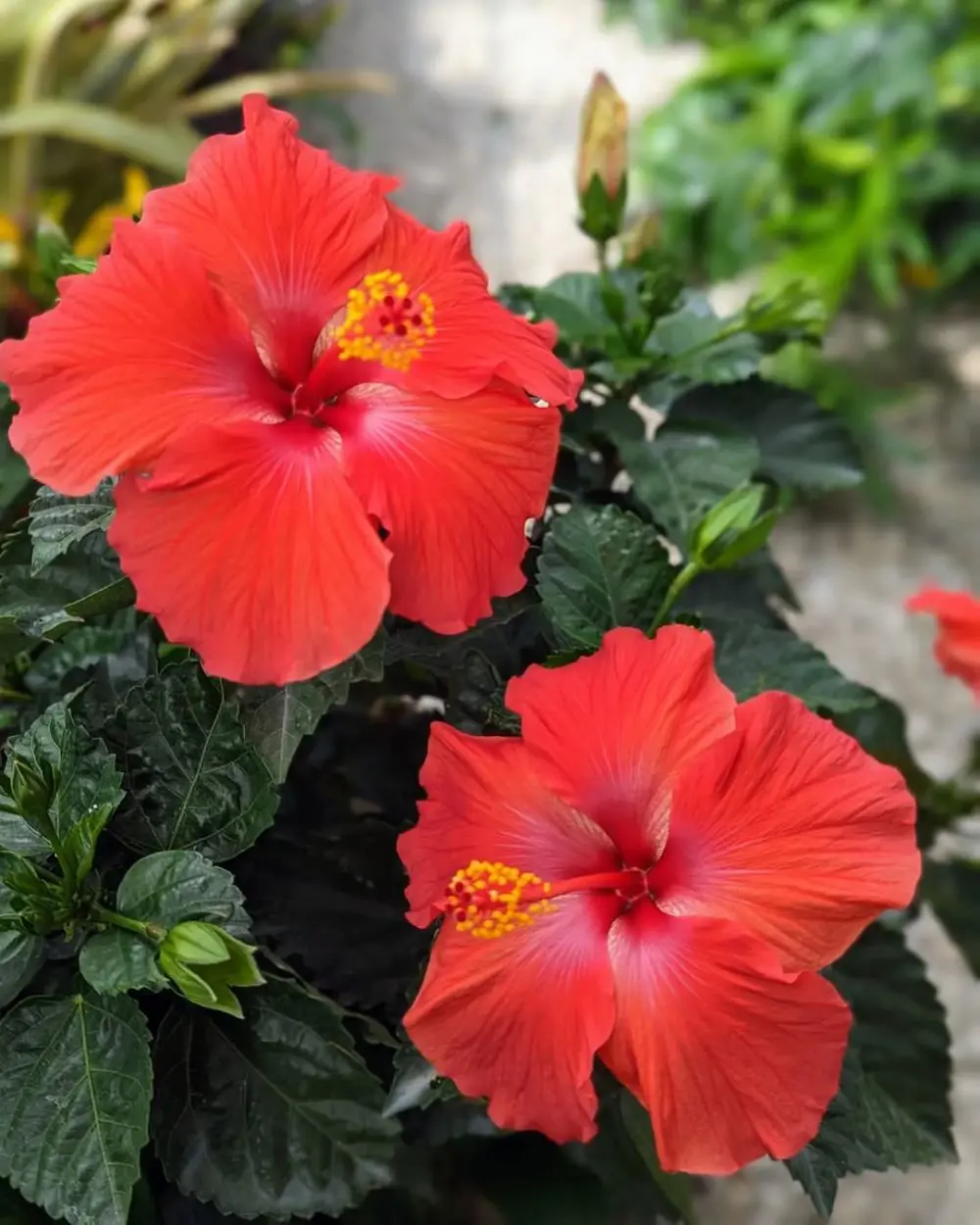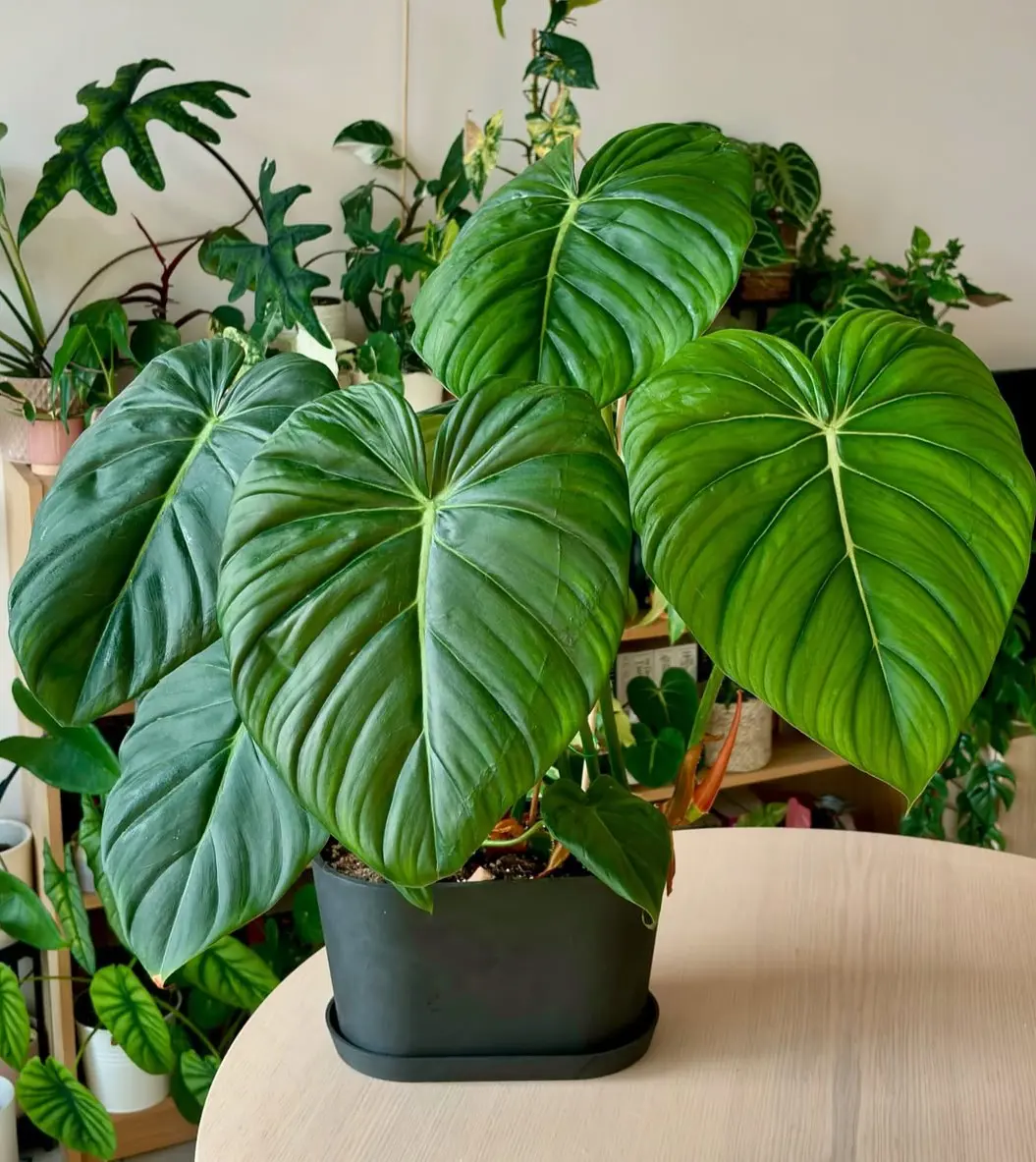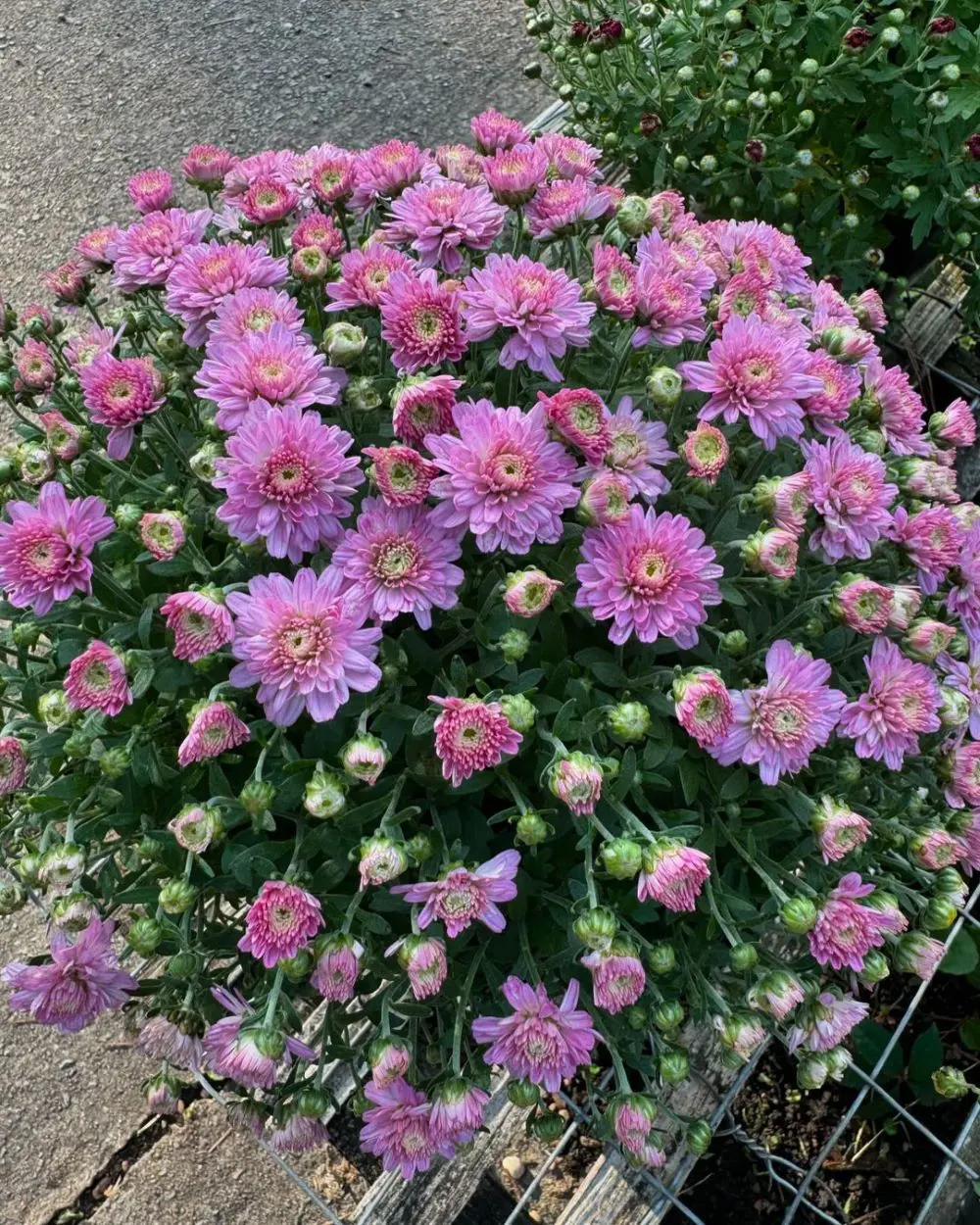Forget-me-nots (Myosotis) are beloved flowers that captivate gardeners and flower enthusiasts with their delicate blue blooms and timeless beauty. These charming plants are relatively easy to grow, making them a favorite for both novice and experienced gardeners.
In this comprehensive guide, we will delve into everything you need to know about forget-me-nots, from their meaning and symbolism to their care, types, propagation, growing from seed, overwintering, blooming, common issues, and frequently asked questions.
Meaning & Symbolism
Forget-me-nots are steeped in rich symbolism and cultural significance. The name "forget-me-not" is derived from the German word "Vergissmeinnicht." This name is reflective of the flower's association with remembrance and enduring love.
Legend has it that the name originated from a medieval tale in which a knight while picking these flowers for his lady, fell into a river due to the weight of his armor. As he was swept away by the current, he threw the bouquet to his beloved and cried out, "Forget me not."
The forget-me-not flower is often seen as a symbol of true love, fidelity, and memories that last a lifetime. It is commonly used in weddings and memorial services to represent eternal remembrance and affection.
The flower is also the official state flower of Alaska, symbolizing the natural beauty and vast wilderness of the state.
How To Care For Forget Me Nots?

Forget-me-nots are relatively low-maintenance plants, but proper care can ensure they thrive and produce abundant blooms. Here are some essential tips for caring for your forget-me-nots:
Light Requirements
Forget-me-nots prefer partial shade to full sun. They thrive best in areas where they receive morning sunlight and afternoon shade. In hotter climates, providing some protection from the intense midday sun will help prevent the plants from wilting.
Soil
These flowers are adaptable to various soil types but prefer well-draining, moist soil. A slightly acidic to neutral pH level (6.0 to 7.0) is ideal. Adding organic matter, such as compost, to the soil can improve its fertility and drainage.
Watering
Keep the soil consistently moist, especially during the growing season. Forget-me-nots do not tolerate drought well, so regular watering is essential. However, be cautious not to overwater, as waterlogged soil can lead to root rot.
Fertilizing
Forget-me-nots are not heavy feeders, but a light application of balanced, slow-release fertilizer in the spring can promote healthy growth and blooming. Avoid excessive fertilization, as it can lead to lush foliage at the expense of flowers.
Pruning
Regular deadheading (removing spent flowers) will encourage continuous blooming and prevent the plant from self-seeding excessively. At the end of the growing season, you can trim back the foliage to tidy up the plant and prepare it for overwintering.
Types Of Forget Me Nots
There are several species and varieties of forget-me-nots, each with its unique characteristics. Here are some of the most popular types:
1. Myosotis sylvatica
Commonly known as woodland forget-me-not, this species is one of the most widely cultivated. It features clusters of small, sky-blue flowers with yellow centers and grows to about 6-12 inches tall. It is a biennial or short-lived perennial, often treated as an annual in gardens.
2. Myosotis scorpioides
Also known as water forget-me-not or true forget-me-not, this species thrives in moist, marshy environments. It produces bright blue flowers and can reach a height of 12-18 inches. It is a perennial plant and is often used in water gardens and along the edges of ponds.
3. Myosotis alpestris
Alpine forget-me-not is a low-growing perennial that is native to mountainous regions. It has small, deep blue flowers and forms dense mats of foliage, making it an excellent ground cover. It prefers cooler climates and well-drained soil.
4. Myosotis arvensis
Field forget-me-not is an annual or biennial species that is commonly found in meadows and fields. It has pale blue flowers and a more delicate appearance compared to other species. It is often used in wildflower gardens and naturalized areas.
Forget-me-nots (Myosotis spp.) are charming, delicate flowers that can be propagated through several methods, each suited to different gardening preferences and conditions.
Propagate Methods
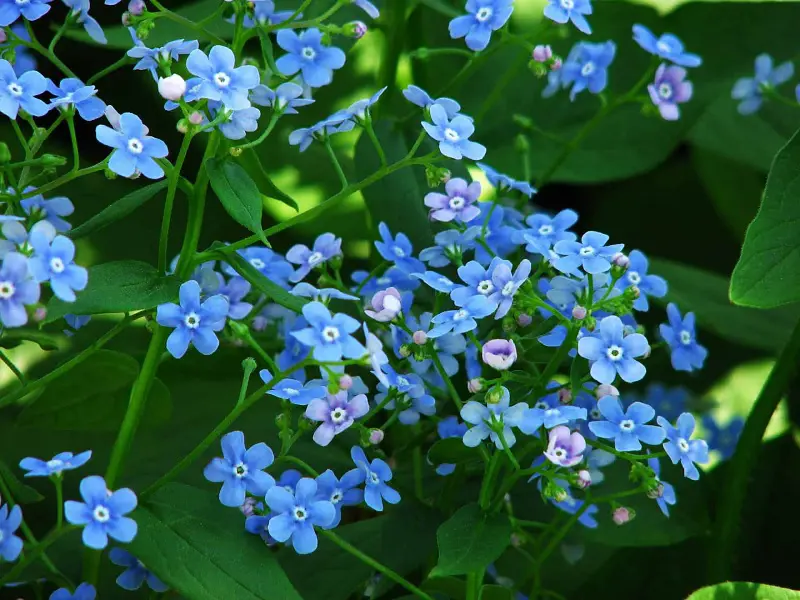
Seed Sowing:
Seed sowing is perhaps the most common method for propagating forget-me-nots due to its simplicity and reliability. Here’s how you can propagate them from seeds:
Forget-me-not seeds are tiny and should be sown directly into the garden bed. Choose a spot with well-draining soil that receives partial shade, especially in warmer climates.
-
Timing: Sow the seeds either in early spring or late fall. Early spring planting allows them to establish before the summer heat, while fall planting gives them a head start for the following spring.
-
Sowing Technique: Lightly press the seeds into the soil surface without covering them. Forget-me-not seeds require light to germinate, so avoid burying them too deeply. A gentle press into the soil ensures good seed-to-soil contact.
-
Moisture: Keep the soil consistently moist until germination, which typically takes about 1-2 weeks. Ensure the soil doesn’t dry out during this period but avoid overwatering to prevent rot.
-
Thinning: Once seedlings have grown a few inches tall, thin them out to about 6-8 inches apart to allow adequate space for each plant to develop.
Division:
Dividing mature forget-me-not plants is another effective method to propagate them, particularly for established clumps that have become overcrowded or need rejuvenation.
-
Timing: Spring or fall is the best time to divide forget-me-nots. Aim to do this when the weather is mild and plants are not under stress.
-
Procedure: Dig up the entire plant carefully, preserving as much of the root system as possible. Using a sharp knife or garden spade, divide the clump into smaller sections, ensuring each division has healthy roots attached.
-
Replanting: Prepare the new planting sites by amending the soil with compost or organic matter for improved fertility. Plant the divisions at the same depth they were previously growing, ensuring the roots are well-covered with soil. Water thoroughly after planting to settle the soil around the roots.
Cuttings:
While less common than seed sowing or division, forget-me-nots can also be propagated from stem cuttings, which is particularly useful for creating exact replicas of desirable cultivars.
-
Timing: Take stem cuttings in the spring or early summer when the plants are actively growing.
-
Cutting Preparation: Select healthy stems that are 3-4 inches long and free from disease or pests. Remove the lower leaves from the stem, leaving only a few leaves at the top.
-
Rooting Hormone: Dip the cut end of the stem into a rooting hormone powder or gel to encourage root development. This step is optional but can improve the success rate of rooting.
-
Planting: Plant the cuttings in a well-draining potting mix, ensuring the nodes where leaves were removed are buried in the soil. Place the pots in a location with bright, indirect light and maintain a humid environment around the cuttings.
-
Care: Keep the soil consistently moist but not waterlogged until roots develop, which can take several weeks. Once roots are established, gradually acclimate the new plants to normal environmental conditions before transplanting them into the garden.
Growing from Seed
Growing forget-me-nots from seed is a rewarding process that allows you to enjoy these charming flowers from the very beginning. Here is a step-by-step guide to growing forget-me-nots from seed:
Step 1: Choosing Seeds
Select high-quality seeds from a reputable supplier. You can choose from various species and varieties based on your preferences and growing conditions.
Step 2: Preparing the Soil
Prepare a well-draining seedbed in a partially shaded area of your garden. Loosen the soil and amend it with compost to improve fertility and drainage.
Step 3: Sowing the Seeds
Sow the seeds directly in the prepared seedbed in the spring or fall. Lightly press the seeds into the soil surface, as they need light to germinate. Space the seeds about 1 inch apart to allow room for growth.
Step 4: Watering
Keep the soil consistently moist until the seeds germinate. Water gently to avoid washing away the seeds. Germination typically occurs within 1-2 weeks.
Step 5: Thinning
Once the seedlings have developed a few true leaves, thin them to about 6-12 inches apart to allow for proper airflow and growth.
Step 6: Transplanting
If you start the seeds indoors, transplant the seedlings to their final location after the last frost date. Harden off the seedlings by gradually exposing them to outdoor conditions before planting them in the garden.
Overwintering
Forget-me-nots are generally hardy plants, but providing proper care during the winter months can ensure they come back strong in the spring.
Preparing for Winter
In the fall, cut back the foliage to about 2-3 inches above the ground. This will help prevent disease and pest problems over the winter. Apply a layer of mulch, such as straw or leaves, to protect the roots from freezing temperatures.
Indoor Overwintering
If you live in a region with harsh winters, you can overwinter forget-me-nots indoors. Dig up the plants carefully and pot them in containers with well-draining soil. Place the containers in a cool, bright location, such as a greenhouse or a sunny windowsill. Water sparingly to keep the soil slightly moist.
Bloom
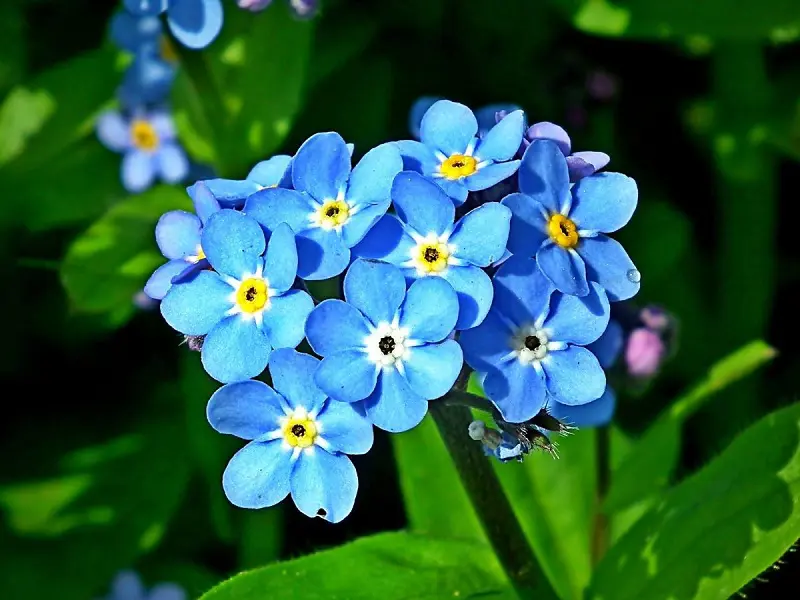
Forget-me-nots are celebrated for their prolific and enchanting blooms. Understanding their blooming habits can help you enjoy their beauty to the fullest.
Bloom Time
Forget-me-nots typically bloom in the spring and early summer, with the peak bloom period occurring from April to June. The exact timing can vary depending on the species and growing conditions.
Flower Characteristics
The flowers of forget-me-nots are small, usually measuring about 0.2-0.4 inches in diameter. They come in various shades of blue, pink, and white, with a distinctive yellow or white eye at the center. The flowers are arranged in clusters at the top of slender stems.
Prolonging Bloom
To extend the blooming period of forget-me-nots, practice regular deadheading by removing spent flowers. This encourages the plant to produce new blooms and prevents it from going to seed too quickly.
Common Issues
Despite being relatively easy to grow, forget-me-nots can encounter some common issues. Here are a few problems and how to address them:
- Powdery Mildew: Powdery mildew is a fungal disease that appears as a white, powdery coating on the leaves. It thrives in humid conditions and poor air circulation. To prevent powdery mildew, ensure proper spacing between plants and water at the base to keep the foliage dry. If powdery mildew occurs, treat it with a fungicidal spray.
- Root Rot: Root rot is caused by overwatering and poorly draining soil. Affected plants may exhibit wilting, yellowing leaves, and stunted growth. To prevent root rot, plant forget-me-nots in well-draining soil and avoid overwatering. If root rot is detected, improve drainage and remove affected plants.
- Aphids: Aphids are small, sap-sucking insects that can infest forget-me-nots. They can cause distorted growth and transmit diseases. To control aphids, use insecticidal soap or neem oil, and introduce beneficial insects like ladybugs to your garden.
- Slugs and Snails: Slugs and snails are common pests that feed on the foliage of forget-me-nots, leaving behind ragged holes. To deter these pests, use slug pellets, create barriers with diatomaceous earth, or hand-pick them from the plants.
FAQ
How often should I water forget-me-nots?
Forget-me-nots prefer consistently moist soil, so water them regularly, especially during dry spells. Avoid letting the soil dry out completely, but also be careful not to overwater and cause waterlogging.
Can forget-me-nots grow in full sun?
Forget-me-nots can tolerate full sun in cooler climates, but they generally prefer partial shade, especially in hotter regions. Providing some afternoon shade can help prevent the plants from wilting.
Are forget-me-nots invasive?
Some species of forget-me-nots, such as Myosotis sylvatica, can self-seed prolifically and become invasive in certain areas. To control their spread, deadhead spent flowers and remove unwanted seedlings.
Can forget-me-nots be grown indoors?
Yes, forget-me-nots can be grown indoors in containers. Provide them with bright, indirect light and maintain a slightly moist soil. They can also be overwintered indoors in regions with harsh winters.
How long do forget-me-nots bloom?
Forget-me-nots typically bloom for several weeks in the spring and early summer. The exact duration of bloom can vary depending on the species, growing conditions, and care provided.
Are forget-me-nots deer-resistant?
Forget-me-nots are generally deer-resistant, but in times of food scarcity, deer may still nibble on them. To protect your plants, consider using deer repellents or planting them in areas less accessible to deer.
Can I grow forget-me-nots from cuttings?
Yes, forget-me-nots can be propagated from stem cuttings, although this method is less common. Take cuttings in the spring or early summer, use rooting hormone, and plant them in a well-draining potting mix.
What do forget-me-nots symbolize?
Forget-me-nots symbolize remembrance, true love, and fidelity. They are often associated with enduring memories and are used in weddings and memorials to represent eternal love and remembrance.
How do I prevent forget-me-nots from spreading too much?
To prevent forget-me-nots from spreading excessively, practice regular deadheading to remove spent flowers before they go to seed. You can also thin out seedlings in the spring to control their spread.
Do forget-me-nots attract pollinators?
Yes, forget-me-nots attract pollinators such as bees and butterflies. Their nectar-rich flowers provide a valuable food source for these beneficial insects, making them a great addition to pollinator-friendly gardens.
